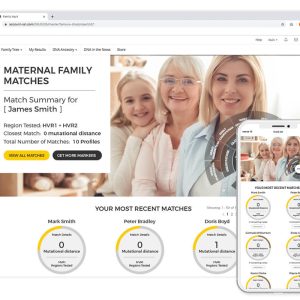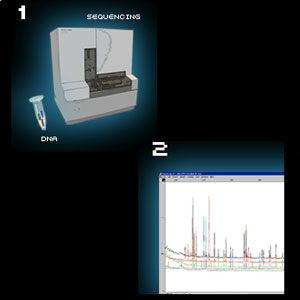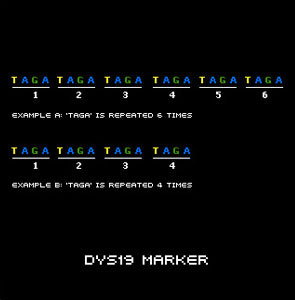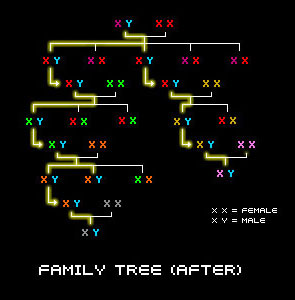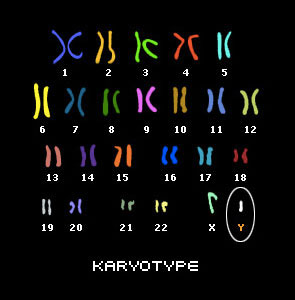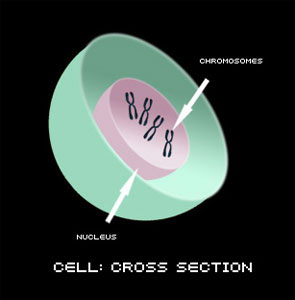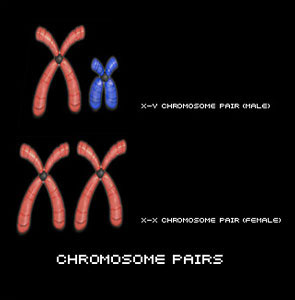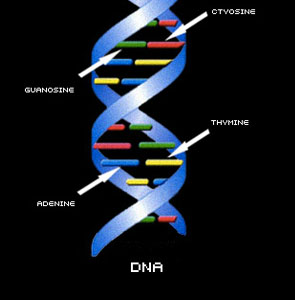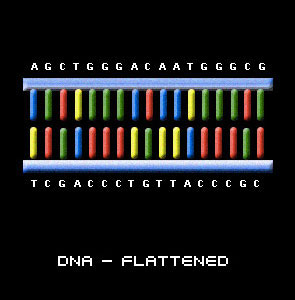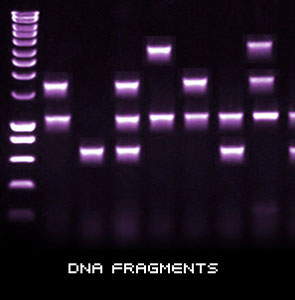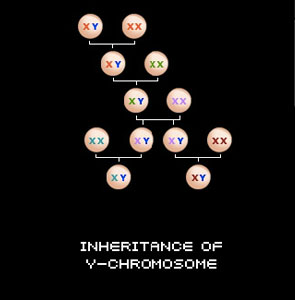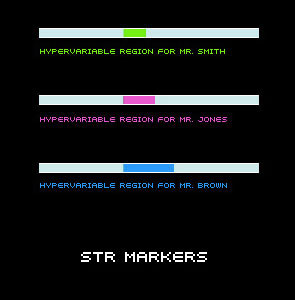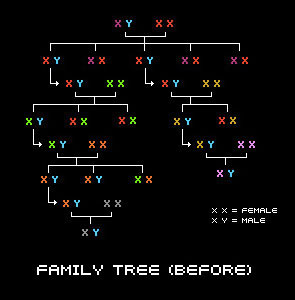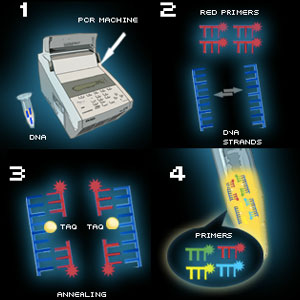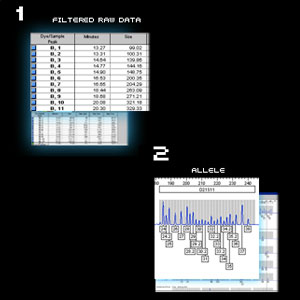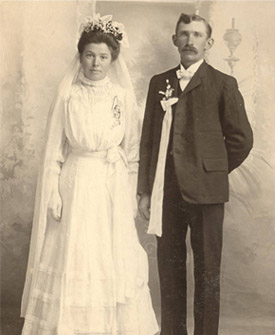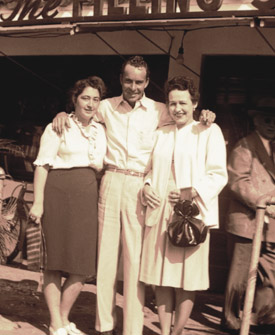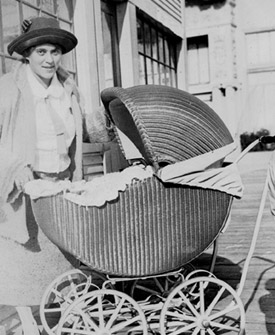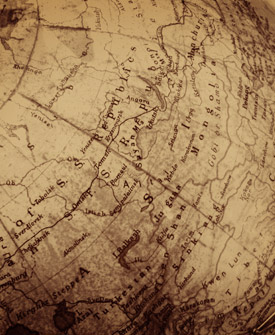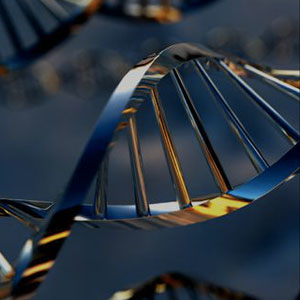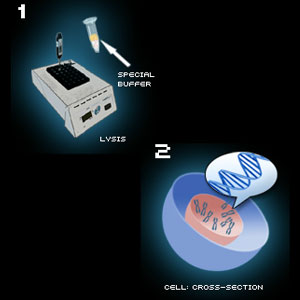Begin your ancestral journey today.
❝ DNA Testing, the hottest tool in genealogy, is helping more people open doors to their past...❞
- The Wall Street Journal
Order Your Participation Kit
Trace your paternal line
Standard (Y-DNA 20 STR Marker Test) Trace your own ancestry on your paternal line. You may upgrade to the Advanced or Premium Package at a later date. | $119 | Order Now |
Advanced (Y-DNA 44 STR Marker Test) High resolution test for tracing your own ancestry on your paternal line. You may upgrade to the Premium Package at a later date. | $199 | Order Now |
Premium (Y-DNA 101 STR Marker Test) Highest resolution test for tracing your own ancestry on your paternal line. | $339 | Order Now |
Trace your maternal line
Standard (mtDNA HVR1 Test) Trace your own ancestry on your maternal line. You may upgrade to the Advanced or Premium Package at a later date. | $119 | Order Now |
Advanced (mtDNA HVR1 + HVR2 Test) High resolution test for tracing your own ancestry on your maternal line. You may upgrade to the Premium Package at a later date. | $189 | Order Now |
Premium (mtDNA HVR1 + HVR2 + Coding Region Test) Highest resolution test for tracing your own ancestry on your maternal line. | $1528 | Order Now |
Trace both your paternal and maternal lines
Standard (Y-DNA 20 STR Marker + mtDNA HVR1 Test) Trace your own ancestry on your paternal and maternal line. You may upgrade to the Advanced or Premium Package at a later date. | $238 | Order Now |
Advanced (Y-DNA 44 STR Marker + mtDNA HVR1+HVR2 Test) High resolution test for tracing your own ancestry on your paternal and maternal line. You may upgrade to the Premium Package at a later date. | $388 | Order Now |
Premium (Y-DNA-101 STR Marker + mtDNA HVR1 + HVR2 + Coding Region Test) Highest resolution test for tracing your own ancestry on your paternal and maternal line. | $1779 | Order Now |
Step 1: Get Participation Kit

Your journey begins by obtaining the Participation Kit. The Kit contains everything you need to collect a DNA sample quickly and painlessly using a mouth swab.
Once you have completed the cheek swabbing process, seal the sample in the specimen container provided and send it to the lab using the self-addressed envelope provided in the kit. It’s that simple.
Step 2: Check Test Status

Once the laboratory receives your sample, testing begins immediately.
You can login online and check the status of your test at any time. Once your test is complete, a formal DNA report and DNA certificate will be sent to you.
Step 3: Begin Your Journey

You will become part of exciting and dynamic projects involving people from around the globe.
Compare your DNA against indigenous populations from around the world, search for long lost relatives on your paternal and maternal lines, trace your deep ancestral roots back to Africa, and even compare your DNA against famous people in history to see if you may be related!

